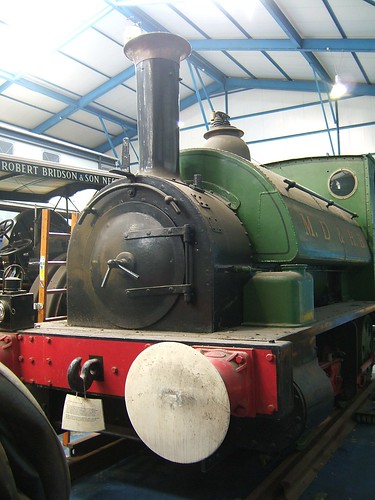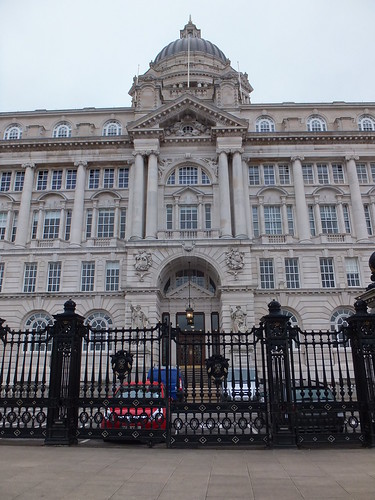skip to main |
skip to sidebar
This report is based on information from Doctor Hla Tun, who also supplied the photographs.
The Bagan Clinic treated 5,337 patients in August 2013, bringing the total number of treatments since the Clinic opened on 6th August 2011 to 75,229.
Many patients have to set off very early in the day (or even the previous day, sleeping overnight in the Monastery compound), to register for treatment. For this reason, a free lunch is provided for patients.
 Volunteers cooking meals for waiting patients at the Bagan Medical Clinic in the Monastery compound.
Volunteers cooking meals for waiting patients at the Bagan Medical Clinic in the Monastery compound.
In the picture below, taken in front of the Bagan Clinic, patients are queuing to be served lunch by Monks. Local donors have provided blue plastic drinking water bottles for use by the Patients - you can see these under the green awning on the right of the picture.
The majority of Patients have travelled anything from 50 to 200 km to attend the Clinic. This is why lunches are provided with the help of the Monks.
 Patients queuing to be served lunch.
Patients queuing to be served lunch.
Treatment Summary
The table below summarises the number of treatments per month and the total number of treatments since the clinic started.
| Month |
Patients treated |
Total treatments |
| August 2011 |
355 |
355 |
| September 2011 |
784 |
1,139 |
| October 2011 |
1,434 |
2,573 |
| November 2011 |
1,723 |
4,296 |
| December 2011 |
2,013 |
6,309 |
| January 2012 |
1,605 |
7,889 |
| February 2012 |
2,464 |
10,353 |
| March 2012 |
4,603 |
14,956 |
| April 2012 |
2,043 |
16,999 |
| May 2012 - Jan 2013 |
To be added |
To be added |
| February 2013 |
2,713 |
49,850 |
| March 2013 |
2,713 |
49,850 |
| April 2013 |
2,061 |
54,924 |
| May 2013 |
3,303 |
58,227 |
| June 2013 |
5,586 |
63,813 |
| July 2013 |
6,079 |
69,892 |
| August 2013 |
5,337 |
75,229 |
Clinic photographs in 2013
Bagan Medical Clinic (2013).
Related posts in this blog
You can find all the posts about the Bagan Medical Clinic here.

An evocative black-and-white picture of the Docks when Coal was King.
(Photo: Museum of Liverpool)
My earlier post Liverpool discussed my fascination with Liverpool. When I was young, the whole of the extensive dock system, operated by the The Mersey Docks and Harbour Board (M.D.& H.B.), was still active.
Although the docks themselves were 'enclosed', hidden behind massive walls, the Liverpool Overhead Railway gave a splendid aerial view of the activities on the many quays. See The Liverpool Overhead Railway.
The docks were served by extensive railway sidings and the M.D.& H.B. had a double-track 'main line' linking the landward side of all the docks and, for much of the route, this ran under the elevated tracks of the Liverpool Overhead Railway. Parts of this 'main line' track were 'inset' using granite setts and the cobbled route then also formed a vehicle thoroughfare.
The M.D.& H.B. ran its own fleet of steam locomotives and one of these has been preserved by Liverpool Musuem. Sadly, this locomotive is not currently on display, but is in a Museum of Liverpool store. I visited the Museum Store on 15th May 2010 (the visit is described here) and I was able to inspect the 0-6-0 saddle tank built in 1904 by Avonside. There are a few pictures of the Avonside here. A few years previously, I'd seen the locomotive when it was still on public display in the Transport Gallery at the old Liverpool Museum in William Brown Street (now called the 'World Museum Liverpool'). Prior to that (when I was quite young) I remember seeing these engines at work around the docks.

The preserved Avonside 0-6-0T is not on display,
but is in a Museum of Liverpool store.
From 1907 until 1994 the Mersey Docks and Harbour Board had their headquarters in the Port of Liverpool Building, usually called the Dock Office, an impressive building which, together with its next-door-neighbour the Cunard Building and next-door-but-one neighbour the Liver Building, form the 'Three Graces'.
 The Dock Office, Pierhead, Liverpool.
The Dock Office, Pierhead, Liverpool.
After 1994, re-development as residential and office space restored the grandeur of this Edwardian Baroque Garde II* building. For more details, see the Wikipedia article here.

The portland stone exterior features extensive carving. The plaques on the ornamental gates feature gilded inter-twined letters 'MDHB'. Note the maritime reference on the gate pillars - gilded tridents.
There are more pictures of the Dock Office and the 'Three Graces' in my set of pictures Liverpool.
I was lucky to have seen Liverpool before major changes altered its role. Today, a reduced set of docks is operated by the Mersey Docks and Harbour Company, part of Peel Ports.
External Links
The Mersey Docks 1949.
Mersey Docks and Harbour Company (Wikipedia).
Port of Liverpool Building (Wikipedia).
Book References
[1] 'Jesse Hartley - Dock Engineer to the Port of Liverpool 1824-60' by Nancy Ritchie-Noakes, published by National Museums and Galleries on Merseyside (ISBN 0 906367 05 0).
[2] 'L.N.W.R. and the M.D.& H.B. - The History of the Dock Lines from the Records' by J. C. James, Limited Edition published c1981.
[3] 'Prince's Dock - A Magnificent Monument of Mural Art' by Adrian Jarvis published 1991 by Merseyside Port Folios (ISBN 0 9516129 0 5).
[4] 'Liverpool and its Canal' by Mike Clarke and Allison Hewitt published 1992 by Merseyside Port Folios (ISBN 0 9516129 3 X).
[5] 'An Illustrated History of Liverpool's Railways' by Paul Anderson, published Irwell Press (ISBN 1-871608-68-6).
Over 50 years ago I was amused by a cartoon about a mouse and a cat. I can't remember the publication it appeared in or the cartoonist but I must have been impressed because I laboriously copied each frame by hand using a fountain pen onto a piece of foolscap paper (before 'International' paper sizes became commonplace). I found my copy (a little faded at the top), scanned it and here it is. I've called it 'Militant Mouse'.

Click here for a larger version.
With acknowledgments to the original artist.




